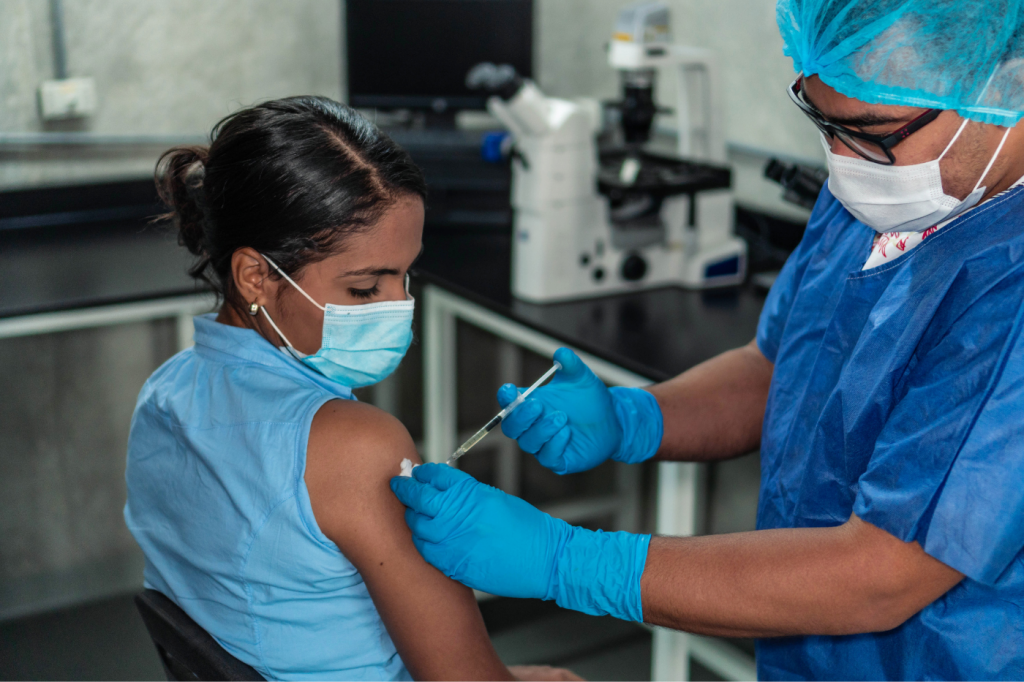Overview:
This report compares the overall Coronavirus Disease 2019 (COVID-19) death and vaccination rates of Latinos and non-Hispanic whites (NH Whites) and describes the geographic pattern of these rates across neighborhoods in New York City (NYC). As the first major epicenter of the COVID-19 pandemic, NYC is an important case study. During the initial three months of the pandemic, there were 203,000 confirmed cases with a crude fatality rate of 9.2 percent overall and 32.1 percent among those hospitalized. NYC is home to 2.6 percent of the nation’s population, but 5.7 percent of the nation’s COVID-related deaths occurred there.
The available data on the pandemic reveal that Latinos were disproportionately impacted by COVID-19 infections, hospitalization, and deaths. Given this disparity, prioritizing this population for vaccination is critically important. The effort should focus on immunizing individuals in predominantly Latino neighborhoods to lower contagion risk, given that elevated risks are associated with both individual and neighborhood characteristics. To assess whether vaccines are adequately reaching this population, we analyze available data to compare outcomes for Latinos and NH Whites (see Appendix for a discussion on data and methods).
Main Findings:
- Latinos in NYC are 1.4 times more likely to be infected and almost twice as likely to be hospitalized and die from COVID-19 as NH Whites.
- Despite disproportionately high COVID-19 impacts, vaccination rates among Latinos in NYC are less than three-fifths that of NH Whites.
- Differences in reluctance to vaccination are insufficient to explain the disparity faced by Latinos.
- On average, NYC neighborhoods with the highest death rates have lower vaccination rates, creating a vaccination gap between neighborhoods with the greatest need and the least need.
- There are geographic disparities in NYC COVID-19 death rates and vaccination rates. Neighborhoods in the Bronx and portions of Queens, Brooklyn, and Staten Island have high death rates and low vaccination rates, while neighborhoods in Manhattan south of Harlem (excluding Chinatown) and in some parts of Brooklyn and Queens closer to Manhattan have relatively lower death rates and high vaccination rates.
- Relative to NH Whites, Latinos at various ages and education levels disproportionately reside in NYC neighborhoods with the greatest death-vaccination gap, meaning that they have relatively high death rates and relatively low vaccination rates.

